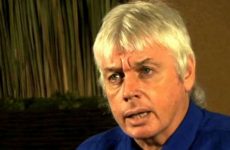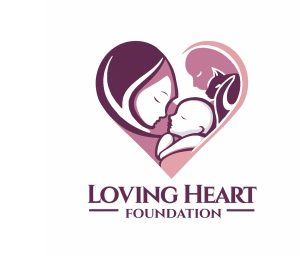How to Stop Thinking by Barry Long
How to Stop Thinking by Barry Long demonstrates that nearly all thinking is unnecessary. His teachings enable you to separate from habitual thought and worry. The ten lessons on this extraordinary tape undermine the thinker in you, to free your pure awareness.
Anthony De Mello’s Thoughts on the Mind
The mind is a phantom that can only exist in the past and the future. It cannot exist in the “present,” which is one’s only point of power; of creation. So, it’s only power over you is it’s ability to distract you out of the present – out of your point of power.
Another form of Meditation is called Zazen
The spirit of Zen meditation (zazen) consists in liberation from reflective self-consciousness. In Samadhi—the state of absorption or concentration characteristic of zazen—there is no separation between mind and body, subject and object. There is no longer a separate mind; mind becomes embodied and pervades the body. When there is no longer a separate mind, there is no reflective self-consciousness. No “watcher.”
In Rinzai Zen we say, “Kill the watcher!” We don’t literally “kill” it, of course; rather reflective self-consciousness disappears and is replaced by pre-reflective unselfconsciousness. Zazen/Samadhi is a completely unselfconscious state of consciousness. It is the Taoist wu wei or “non-doing” in which, being one with breath, there is no one breathing, no one “doing” zazen. Zazen does zazen, just as breathing breathes—unselfconsciously. Carrying this zazen/Samadhi into one’s daily life, one becomes capable of living more and more unselfconsciously—more freely, sincerely, and spontaneously.
The Body of the Buddha
Mind follows breath into the body and partakes of the unselfconsciousness of the body. Then “This very body is the body of the Buddha” (Hakuin). For this to happen one must be one with breath, not watching it but being it. The most effective way to do this is to use the meditation device known as “breath counting,” which Hakuin said was the fastest way to enter Samadhi.
We need such a device because we cannot self-consciously unite with breath; we cannot do it by an effort of will, the very effort itself being self-conscious. So we silently hold the number of the exhalation from beginning to end, with no attempt to lengthen it. We do this with passion. “Ooooooooone.” “Twoooooo.” We count from 1 to 10; when we lose track of the count, distracted by thoughts, we just go back to 1, without self-criticism; and when we get to 10, we go back to 1, without self-congratulation.
The key point here is that while the number is being held from beginning to end, oneness with breath is happening, but one doesn’t consciously know this. And because one doesn’t consciously know that one is being one with breath, one can remain in that state of oneness. As soon as one is self-consciously aware of what is going on, one is forced out of oneness with breath. Concentrating wholeheartedly on breath-counting, one does nothing with incoming thoughts; one allows them to arise and disappear, without judgment. When one has entered Samadhi, the breath-counting naturally ceases. As soon as one is aware of being in Samadhi, one is no longer in Samadhi.
.
.?*?*?
.
Would you like to support our Foundation? Do you know of a teenage girl who loves to read books? Here’s a link to one of our fundraisers – a teen book titled The Bravehearts of Belgrave High. Click on the following link to read more:

































